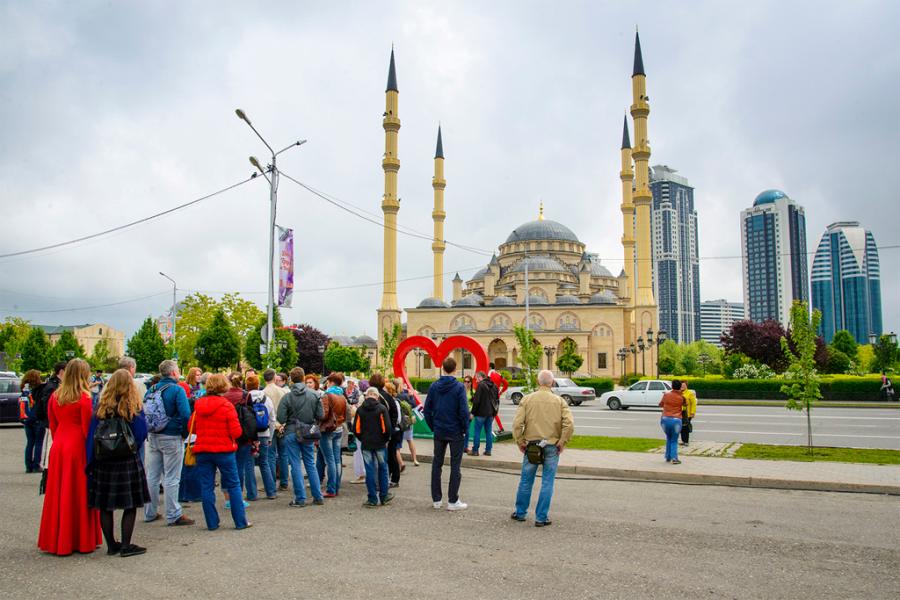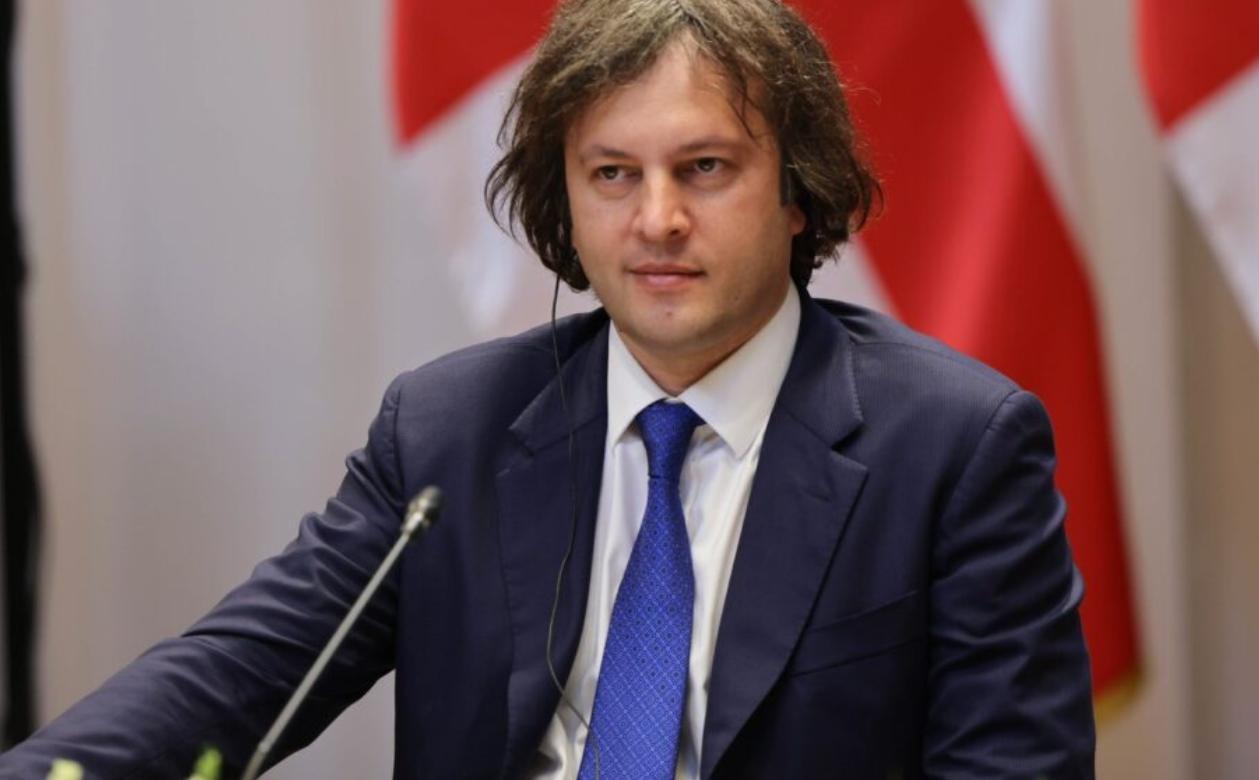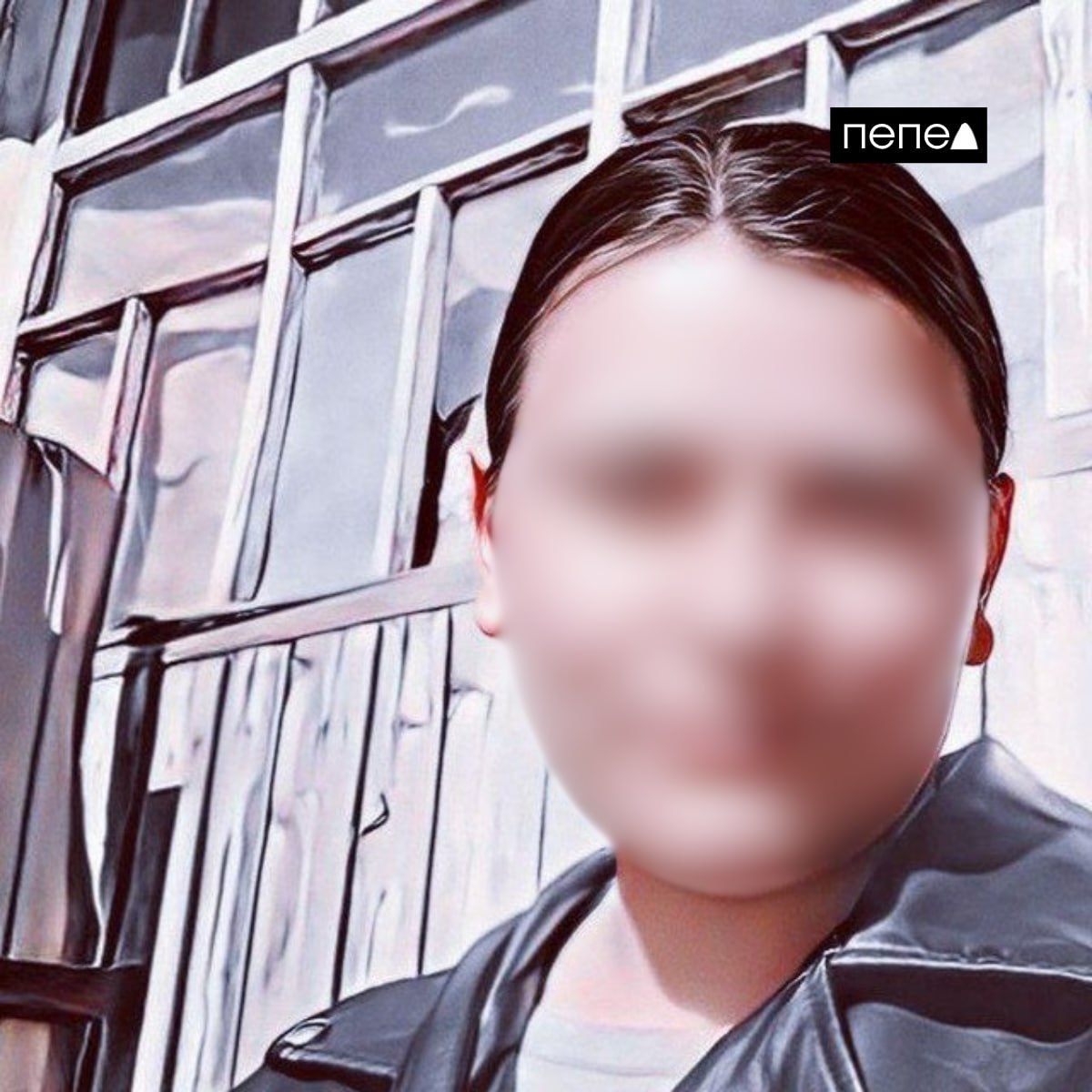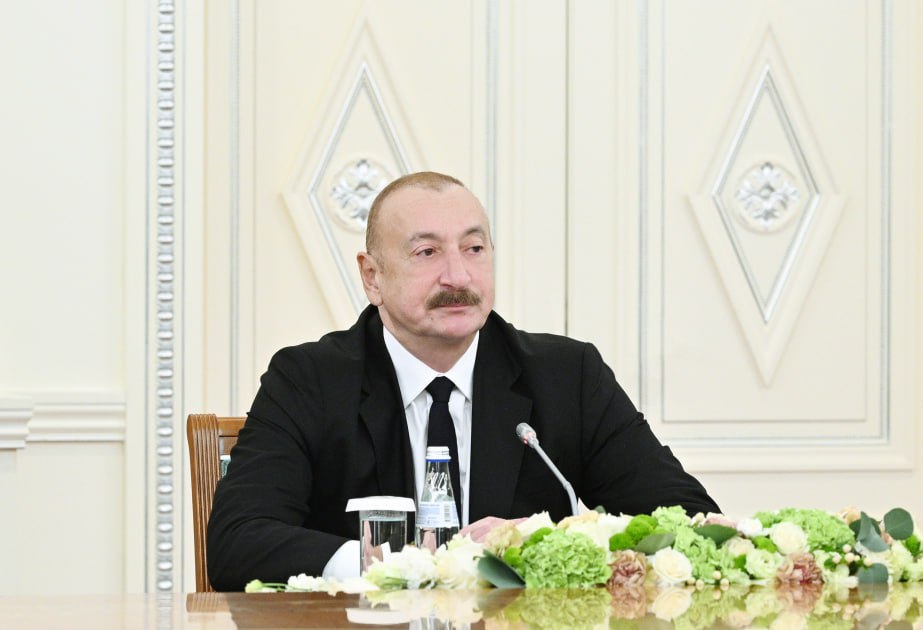According to Rosstat, tourist flow to Russia more than doubled from 2014 to 2024. The regions of the North Caucasus made a significant contribution to this growth.

November 5, 2001
***
In the village of Achkhoy-Martan, Russian soldiers killed 13-year-old local resident Sveta Chalandurova. This happened at the turn at the entrance to the village, where there is a mini-market with shopping stalls, cafes, and kebab shops. The boys, who were playing not far from the road, fired a stone from a slingshot and hit the armored personnel carrier where the soldiers were sitting. In response, machine gun fire was opened, and a girl in the market was fatally wounded.
***
The “cleansing” began in the settlements of Akhkinchu-Borzoi, Belty, Chari-Mokhk, Dzhugurty, Khidi-Khutor and Gansolchu.
As a result of the operation, the village of Akhkinchu-Borzoi suffered the most. In it, the military slaughtered and took away 486 heads of livestock, shot at and damaged 21 houses, and robbed 11. They stole food and other small items, such as soap and toothpaste, from almost every home. Residents, perceiving this as something inevitable, were indignant only when something valuable was taken. In four families robbed on the night of November 7, the military got hold of gold items and a large amount of money. Apparently, they were well aware of where they had come. They presented their demands in Russian, speaking with a strong Dagestan accent. Not content with what they were given, they searched the women.
In Belty, one of the women shouted to the robbers dressed in police uniforms: “You are looking for bandits in our wallets, and weapons in banks!” In this village, extortion was organized with special ingenuity and cynicism. Throwing the cartridge on the floor, the Russian law enforcement officers participating in the operation offered to “buy it back” for 1,000 rubles. In some houses, the owners had to pay for both two and three cartridges “found in their possession.”
14 men were taken from Gansolchu, Akhkinchu-Borzoi and Khidi-Khutor. Mostly young people. While they were being transported in armored personnel carriers to the temporary headquarters, they were beaten. Although they beat hard, they tried to leave no traces. Nevertheless, one of the detainees had his head cut with a sapper's shovel. They strangled us by putting plastic bags over their heads. They named the names of the commanders of the VF of the ChRI and fellow villagers and asked if they knew them. Those who had nothing to do with the fighting were also named. One of the young people did not understand the Russian language at all. Annoyed by his silence, the military began to file his teeth and drive sharp objects under his nails.
The detainees were brought to the village of Tsotsin-Yurt on November 7, where the “cleansing” began that day. Only one was released - the one who was not accepted by the doctor. However, his passport was not returned to him. The 13 remaining men, including an elderly man, were placed in a compartment of the paddy wagon. They could only stand there. They were kept in this position for a day, after which they were taken to the temporary detention center at the Kurchaloevsky District VOVD. They started releasing people from there, but only after paying a ransom. The last person was released on the 14th day of detention.
***
Late at night, two local residents, the Vakhaev brothers, were taken away from the village of Zebir-Yurt by unknown armed people in camouflage uniforms and masks. Both subsequently disappeared without a trace.
The first to be abducted was Rustam Viskhanovich Vakhaev, born in 1979. As his mother Makka said, the kidnappers entered the house by ripping off the door latch. They got Rustam Vakhaev and his younger brother out of bed. Both were allowed to get dressed, after which they were taken outside. There the younger brother was released, but the older brother was put into an AAZ-452 (“tabletka”) car without registration plates and taken away in an unknown direction. The entire time the unknown thieves were in the house, they did not lower their weapons aimed at the residents. Not only were none of the family members allowed to move, but they were not allowed to move.
Later it turned out that at the same time, another car with the kidnappers (a “tablet” without numbers) drove up to the house where the Vakhaevs’ relatives lived. That night, Makki’s eldest son, Edik Viskhanovich Vakhaev, born in 1976, spent the night there. He was also taken away. At the exit from the village, the cars met and then drove side by side. At the end of June 2008 – the time the Human Rights Center “Memorial” received applications from relatives – the fate of the Vakhaevs had not been established.
The kidnappers did not present any documents. Who they are and for what reason they are taking the brothers away was also not said. The Vakhayevs were not beaten, but they were insulted. The conversation was conducted in pure – without accent – Russian. Eyewitnesses to the incident were family members and relatives of the people taken away. None of them corresponded with the investigative authorities.
According to his mother, Rustam Vakhaev had a noticeable hump on his spine from the surgical operation, and there was also a scar on it. He was of average height, thin, dark-haired.
From the book “People Live Here”, Usam Baysaev, Dmitry Grushkin, 2006.



